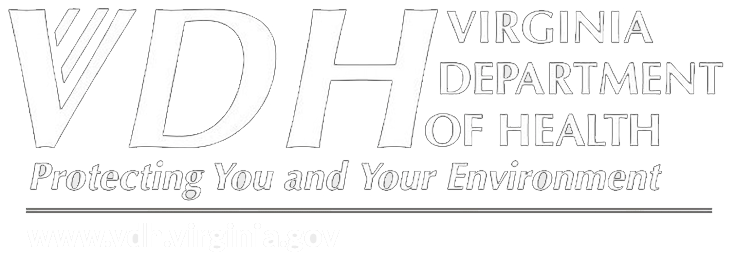The Virginia Departments of Education (VDOE) and Health (VDH) often work together to support student emotional wellness. One of their most recent efforts was updating suicide prevention guidelines in schools across the Commonwealth.
The revised Suicide Prevention Guidelines for Virginia Public Schools were adopted by the Board of Education in June 2020. They are intended to provide information to assist local school boards when revising policies to help prevent suicide, procedures for managing interventions when suicidal threats are present, as well as how to effectively deliver a crisis response when a death by suicide occurs in the school community.
“We all have the same goal, to address student needs and make sure our students are in the best place mentally and emotionally,” says Martha Montgomery, School Psychology Specialist, VDOE. She explains that the two departments work throughout the year on student-specific initiatives.
Until recently, the last time suicide prevention guidelines were updated was 2003. The new guidelines benefit from an influx of more information, including research into what practices really benefit students as far as prevention, says Montgomery. They also offer additional useful information concerning how to effectively intervene with students when they’re in distress.
“What we’ve tried to do with revising these guidelines is to really be extensive in terms of offering schools information about how to create prevention opportunities throughout the year so that student needs can be addressed across the spectrum.”
Being proactive rather than reactive is key, she says. The revised guidelines are accompanied by trainings and webinars for school administrators, instructors and school-based mental health workers. Documents also have been created and attached to the VDOE website with specific resources and information to help address specific situations of distress, intervention and prevention.
Suicide risk screenings are also now being performed in some schools, for certain grade levels, says Montgomery.
“Students are allowed to participate, with parent permission, in these screenings that are done by and monitored by the school-based mental health staff. There are thresholds in place and if students reach a certain threshold, then those school-based mental health professionals know to take the next step. That might be a further risk assessment, or finding some additional resources for the student,” says Montgomery. “The assessment is really a valuable opportunity to get a snapshot of where our kids are in terms of their suicidal thinking and giving us an opportunity to intervene if we need to.”
It’s challenging to implement prevention strategies in school divisions with less resources. School based mental health workers are usually stretched to the limit. “That’s when it’s critically important to work with our community partners who can come in and provide necessary supports if we don’t have the resources available in these divisions,” says Montgomery.
Suicide prevention is really both a community issue and a school issue, she notes.
“We know that we can’t prevent everything that goes on outside of the schools. We can’t always prevent things that go on within the school. So we really need to work together as schools and communities to address what’s going on. Our schools are a microcosm of our whole community.
“When we work together, we can really identify what the needs are and addressing those needs becomes both part of the school. And part of the community.”
For more information about the Suicide Prevention Campaign and Guidelines, visit
https://www.doe.virginia.gov/support/prevention/suicide/index.shtml.
